Political revolution has begun in Australia!
The climate emergency needs a revolution: from governments supporting dogmas and special interests to supporting citizens.
Vote Climate One is working to inform Australians of the scientific facts relating to the ever growing climate emergency and what can be done politically to ensure that our governments actively join the battle to solve the emergency. We hope this will help drive a political revolution enabling this to happen.
Due to humans’ alteration of Earth’s atmosphere, the physical world we live in is generating a climate emergency
Scientific evidence shows this is the case

Where scientifically validated facts are concerned, two weeks ago on the 20th of March the United Nations’ Intergovernmental Panel on Climate Change (IPCC) controlled by 195 nations of the world forming the World Meteorological Organization (WMO) published their dire forecast for our future climate. This report’s Summary for Policy Makers was signed off by the delegated representatives of every one of the WMO member nations. This summary report crossing many different scientific disciplines concludes some 6 years of some of the most stringently peer-reviewed scientific research ever published. In other words, the forecast is based on a vast array of solid and tested evidence, not just anecdotes and beliefs.
For a more detailed presentation of the IPCC’s research and writing process see Politics vs physical dangers and real death and Some fundamental issues relating to the science underlying climate policy: The IPCC and COP26 couldn’t help but get it wrong. The second article explains why the IPCC cannot avoid downplaying the extent and magnitude of the consequences from continuing global warming.
In other words, where the IPCC says our future is dire if we don’t stop global warming, the actual reality is likely to be even worse, i.e., involving social collapse and even possible/likely human extinction within a century or two. Hence, our warning on Vote Climate One’s cover page:
The reality we face
Humans triggered the climate emergency over a little more than 100 years. In this geological instant of time we burned prodigious quantities of safely sequestered fossil carbon accumulated over millions of years to produce and release the greenhouse gas CO₂ and, even more potent greenhouse gases into the atmosphere. This was done more-or-less accidentally with the invention of primitive, Victorian era-based steam- technologies. However, even the low tech used and applied by billions of people significantly changed the composition of an entire planet’s worth of atmosphere so it traps more solar energy to significantly warm the whole planet. Today, we are continuing to dump still more greenhouse gases into the atmosphere, heating the planet even more.
Given that humans only took a century to accidentally create the climate emergency using steampunk technology, surely, by working together and using our most up to date science and technologies, we should be able to solve the emergency. Unfortunately dogma and selfish greed promoted by special interests controlling the planet’s resources are working against stopping greenhouse gas emitting activities. This, unavoidably, becomes fraught with politics: internationally, nationally, state, and even at local council levels. Political revolutions will be required at all levels to favor climate action.
Before we can work together to solve the climate emergency in the physical world, we must revolutionize our current political world working to protect special interests by keeping us divided
Puppet governments
Where politics is concerned, for several decades at least, Australian Governments (federal, state, and even many local councils) have governed primarily to serve entrenched party-political dogmas and vested special interests. Parliamentary parties have worked to impose their dogmas on the nation’s citizens rather than listening to them. Special interests influencing the governments include multinational companies in the resource and fossil fuel industries, super-wealthy individuals, land-developers and religious groupings. Parties (and party discipline) tends to support the interests who support their campaigns and provide them with favorable media. Our Climate Sentinel News article provides a case study of Liberal government in NSW: Is Premier Perrottet a far-right puppet, or the puppet master?
Unfortunately, the uncoordinated actions of people alone, no matter how well motivated, cannot possibly organize, marshal, and control all the resources and technologies needed for effective action on the climate emergency. This requires the tools of and coordination by government. Effective action to stop global warming requires stopping industrial carbon emissions. This just isn’t going to happen as long as puppet governments guided by fossil fuel industries continue subsidizing their puppet masters and jailing protesters campaigning to stop emissions. Several Climate Sentinel News posts document such cases under the search term “puppet master“.
Revolutionary political change is the solution
Vote Climate One concludes that the critical first steps in mobilizing effective climate action must be to: (1) inform citizens of the genuine reality of the climate crisis (i.e., via Climate Sentinel News); and (2) provide knowledge and tools to influence or replace parliamentary puppets of the special interests with MPs who will place citizens’ interests first (i.e., “Traffic Light Voting” and “Voting Guides“).
In other words, we aim to facilitate fundamental political revolutions in Australian parliaments: From ‘democracies’ guided by the greed of large special interests for profits and power; To a genuine democracies representing their citizens and being concerned with their health and well being.
In Australia’s political environment we think the best governments will be Labor in a minority (with labor more progressive than the usual opposition parties) where Greens and a diversity of greenish community independents hold the balance of power to prevent Labor from catering to vested interests.
This revolution has begun! Current state of the political revolution in Australia
Australian Parliament
In last year’s Federal election, the COALition majority government was decimated: replaced by a Labor government with a razor thin margin and a large cross bench with 14 green-light candidates.
House of Representatives Elections
COALition
Aust. Labor Party
Centre Alliance
Katter’s Australian
Australian Greens
Ind (Teal)
Ind (other)
2022
58
77
1
1
4
9
2
2019
77
68
1
1
1
3
1
-18
+11
(Sharkie)
(Katter)
+3
+6
(Gee + Dai Le)
(Majority ≥ 75): Labor 77 + Aston = 78; Red lights 61 – Aston = 60; Green lights = 15
Green lights include (Greens: 1 carryover and 3 new ones – replacing Libs in metro Brisbane) plus a swag of greenish community independents from 4 other states; Labor controls the lower house in majority but with a narrow margin. Several seats could easily go to independents in by elections.
In the 1 April (April Fool’s day!) by-election in Aston (Ferntree Gully – Rowville in eastern Melbourne), in a 6.44% swing, Labor gained another ex-safe Liberal seat. This is the first time since 1920(!) that any party in power has won a seat in a Federal by-election anywhere in Australia. Only 3 out of 32 booths in the once safely Liberal Aston had a majority of Liberal votes.
Liberals are left holding only 2 of 23 seats in Inner Metro Melbourne (Deakin and Menzies), 3 of 7 Outer Metro (Casey, LaTrobe and Flinders), and 0 of 3 Regional Metro areas (Bendigo, Ballarat, and Geelong).
Senate Elections
COALition
Aust. Labor Party
Greens
Pauline Hanson’s
Jacqui Lambie
United Australia
David Pocock
Lidia Thorpe
2022 Election
15
15
6
1
1
1
1
Total Senate 2022
31
26
11
2
2
1
1
1
Majority > 38: Labor 26; Red lights 36; Green lights 13 — (Labor + green lights) = 39
Where Labor has only 26 seats compared to 36 seats for the red lights, the green lights clearly hold the balance of power in the Senate. David Pocock (community independent) and Lidia Thorpe (elected as a Green) must be included along with the Greens party to give Labor a majority. David Pocock’s vote is critical in decisions where the red lights are unanimously against.
In our analysis of the results, Vote Climate One’s Traffic Light Election Guide was accessed hundreds of thousands of times during the pre poll and election day voting period – which might have helped some candidates over the line to either second place (allowing preferences to be distributed to them) to pass the 50% two party preferred winning position. In the ACT Vote Climate One funded distribution of paper versions of the Guide in a few of the suburbs — where Pocock did statistically better than in suburbs we didn’t cover. This may have been a significant component in the winning margin.
Since the Federal Election we have had state elections in Victoria and NSW.
Victorian State Parliament
The Victorian Parliament has more resistant to revolutionary change because of the many barriers to Greens, minor parties and independents crafted into the electoral laws designed to favor the major parties. Victoria allows ‘group voting tickets’ for election to the Legislative Council and secretive backroom ‘preference trading’ among the mobs. Combined with this, Victoria’s heavyweight restrictions on campaign contributions and funding gravely hamper independents and minor parties’ abilities to campaign compared to major parties’ major funding.
Legislative Assembly
The Assembly (lower house) ended up with Labor holding 56 seats, Liberals with 19, Nationals 9 (red lights = 38), and Greens 4; where a majority is < 45. None of the 120 independents or candidates from 16 minor parties won a single seat. Labor’s 11 seat majority in the lower house combined with party discipline does little to hinder autocratic government from the Labor side.
On the other hand voting for the Legislative Council turned out well for green-light candidates. MLCs serve for 4 year terms, with all seats contested in each state election.
Legislative Council
For Legislative Council Elections in Victoria, the state is divided into 8 geographically defined electoral regions, with 5 members representing each region, for a total of 40 members. Elections are determined by ‘optional preferential voting‘. Voters have a ‘single transferable vote‘, which may be used either
- ‘above the line’, to vote one party’s group voting ticket listing all candidates for the region in the party’s preferred order, or
- ‘below the line’, where you must number at least 5 candidates in your preferred order, and may number all candidates for the region in your preferred order. If you number less than 5 or give more than one candidate the same number this invalidates your ballot.
The use of group voting tickets enables upper house elections allows voters’ intentions to be rorted in many ways as described by Glen Druery, the ‘Preference Whisperer’. However, despite all of this, after the 2022 election, green-light MLC’s on the cross-bench with 7 votes hold the balance of power.
Victorian Legislative Council Elections
Labor
COALition
Greens
Animal Justice
Derryn Hinch’s
Fiona Patten’s
Labor DLP
Legalize Cannabis
Liberal Democrats
Pauline Hanson’s
Shooters, Fishers, F…
Sustainable Aust.
Transport Matters
2022
15
14
4
1
0
0
1
2
1
1
1
0
0
2018
18
13
1
1
3
1
0
0
2
0
1
1
1
change
-3
+1
+3
-3
-1
+1
+2
-1
+1
-1
-1
Labor 15, Greens 4, Cannabis 2, Animal Justice 1 (22); vs red-lights: Libs 8, Nat 6, Lab DLP 1, Lib Dem 1, Pauline Hanson’s One Nation 1, Shooters & Fishers 1 (18). With 21 needed for a majority in the upper house, Greens are clearly in the balance of power.
Way ahead for Victorian voters
Given that Labor is already relatively progressive on climate action, a green light majority on the cross bench may be in a position to block favorable treatment of Labor’s fossil fuel special interests, and to encourage strong action to shut down fossil fuel emissions. Victorians need to keep a close watch on their representatives and make sure via letter bombing, phone calls, and personal visits to electorate offices that they stay on the job to stop global warming!
New South Wales State Parliament
The NSW State election was held a week ago (1 April), but like Victoria the NSW’s election laws work against minor parties and independents. However, Vote Climate One may have had a bit more influence here. Liberal/Nationals were soundly defeated and Labor is in, but with a definite minority government. Labor is two short of a majority pending possible recounts. (The Liberals held the seat of Ryde by only 50 votes when the last of the postal votes were counted on 8 May).
NSW State Legislative Assembly Election
On the Labor/green-light side, Labor 45; Greens 3 (Ballina – thanks to the repeated extreme flooding events, plus Sydney electorates of Balmain & Newtown); and 3 green-light independents – one of them backed by Climate200, for a total of 51; where 47 votes are required to pass legislation.
There are also 2 orange-light incumbent independents with significant green credentials.
Note, for the count here I have reclassified Michael Regan (Wakehurst), listed orange light before the election. Due to time constraints our analysis missed his strong record of climate actions as Mayor of Northern Beaches Council and the fact that he was supported by Federal teal MPs, Zali Steggall (Warringah) and Sophie Scamps (Mackellar).
On the Lib/Nat red-light side there are 25 Libs; 11 Nationals and 4 independents (1 ex Lib and 3 ex shooters/fishers/farmers) for a total of 40.
This leaves NSW with a Labor minority government with Greens + green-light independents with a strong hold in the balance of power.
NSW State Legislative Council Election
The NSW Legislative Council has 42 members, elected by proportional representation in which the whole state is a single electorate. Members serve eight-year terms, which are staggered, with half the Council (21) being elected every four years. 22 votes are required for a majority.
From ABC News’s Legislative Council Preview – NSW Election 2023:
All registered parties are listed ‘above the line’ on the ballot paper. All candidates running in the election for a party (as listed above the line) are listed for that party in preference order below the line. Unaffiliated independent candidates are only listed below the line.
A single ‘1’ above the line is formal and counts for the chosen party but has no preferences for other parties. If they wish, a voter may show a second, third and so on preference for other parties above the line. These preferences are implied to be preferences for candidate of each group as printed on the ballot paper.
If a voter wants to re-order a party’s candidates, pick candidates from different parties, or vote for candidates in any group without a voting square above the line, they must vote ‘below the line’ by numbering boxes for candidates. Electors must complete 15 preferences below the line for a formal vote. DO NOT number a sequences that crosses the ballot paper line.
NSW Legislative Council Election
Coalition
Labor
Greens
Pauline Hanson’s
Shooters, Fishers, +
Animal Justice
Cannabis
Lib Democrats
2023 election
7
8
2
1
1
0
1
1
Total Council 2023
15
15
4
3
2
1
1
1
In the Legislative Council 22 votes form a majority, and there are now 15 Labor, 6 green lights (4 Greens, 1 AJP, 1 Cannabis), totaling 21 votes, versus 21 red light votes (Coalition 15, Pauline Hansons’s 3, SFF 2, Lib Dems 1).
Note: According to the ABC on 9/04/2023, as this is being written:
- There are still some uncertainties in the count. Four seats are still not finalized, but are likely to be filled by a seventh Liberal member and one each representing Legalise Cannabis, the Liberal Democrats and the Shooters, Fishers and Farmers. These are included in the above table.
- “The Legislative Council consists of 42 members. Traditionally one of the government’s members is elected President. The President only has a casting vote meaning votes are determined by the 41 members on the floor with a government needing 21 members to pass legislation. After appointing the President, Labor will have only 14 members, which means the new government will need votes from seven of the 12 crossbench members to pass legislation.”
Based on trends in the present count, only 6 on the cross bench will be green lights. In other words, Vested interests working through normally cooperative red lights in the upper house, may still have some ability to block important legislation on climate action.
Way ahead for NSW voters
Noting that the Liberal Democrats and Shooters, Fishers are farther to the right and dogmatic on energy policy and climate action than the Liberal Party, we must hope that the Liberals in the upper house will follow the lead of green lights in the lower house on climate legislation.
Voters concerned to see serious action on climate need to stay alert to what their representatives in both houses are saying and doing. Make sure they know via letter bombing, phone calls, and personal visits to electorate offices that they must stay on the job to stop global warming!
What will Vote Climate One do to help?
Insofar as our limited resources allow, we will endeavor to keep Australian voters up to date with the latest news on the still growing climate emergency (i.e., why we need action) and what our governments are doing to solve it. Towards this end, we will be establishing an email service you can subscribe to, and publish contact details for all federal and state parliamentarians so you can send them hearts and flowers or brick bats depending on how well they are addressing needs for climate action.
Is this all worth the effort?
We have to turn away from the the Apocalypse on the road to hothouse hell, and we won’t do this by continuing with business as usual!
It seems to have taken the clear thinking of Greta Thunberg, then a 16 year-old school girl, who concluded school was pointless as long as humans continued their blind ‘business as usual’ rush towards extinction.

In other words, wake up! smell the smoke! see the grimly frightful reality, and fight the fire that is burning up our only planet so we can give our offspring a hopeful future. This is truly the only issue that matters. Even the IPCC’s hyperconservative Sixth Assessment Report that makes it clear we are headed for an existential climate catastrophe if we don’t stop the warming process.
In Greta’s words, “even a small child can understand [this]”.
People hope for their children’s futures. She doesn’t want your hopium. She wants you to rationally panic enough to wake up, pay attention to reality, and fight the fire…. so all of our offspring can have some hope for their future.
In our present situation where most governments still support and even fund fossil fuel production and use, the most effective actions we can take as individuals is to revolutionize our governments to prioritize action on climate change above all other things. Nothing else matters if we have no future….
If we can get climate savvy governments in power soon enough, we may be able to mobilize enough action to survive our accidental disruption of Earth’s Climate System so our kids and grandkids inherit a world they can live in…

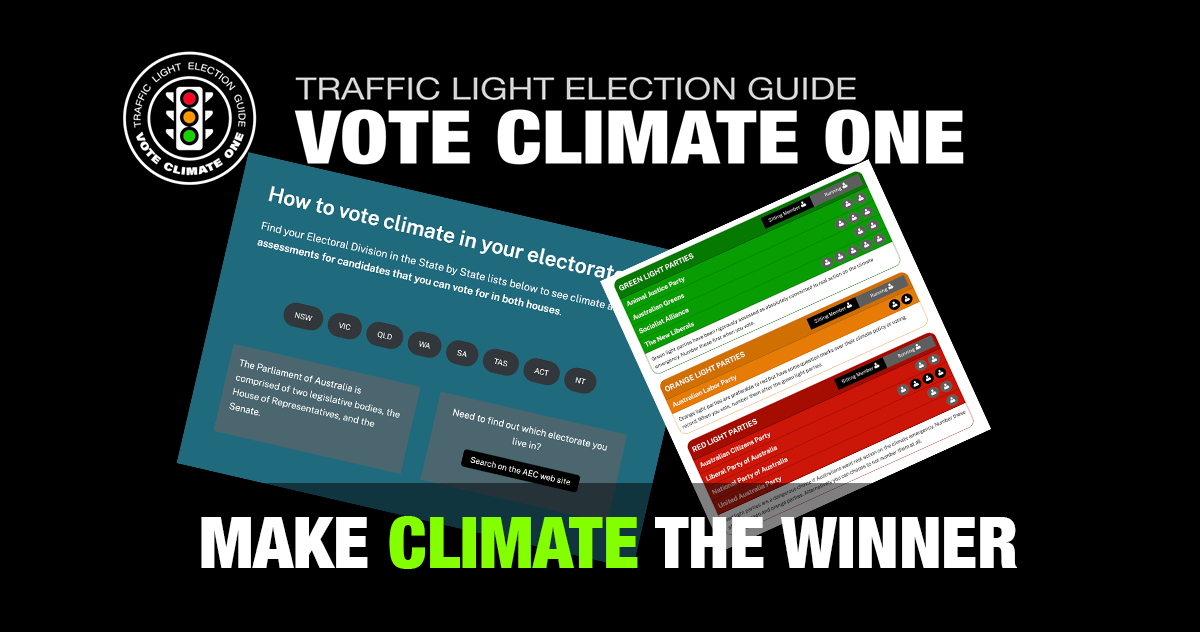
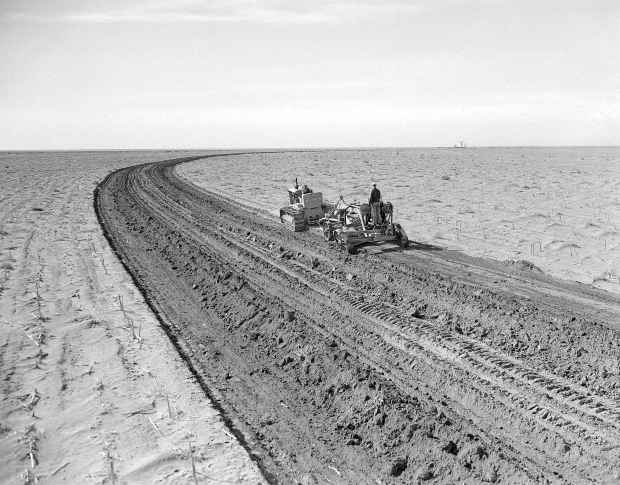



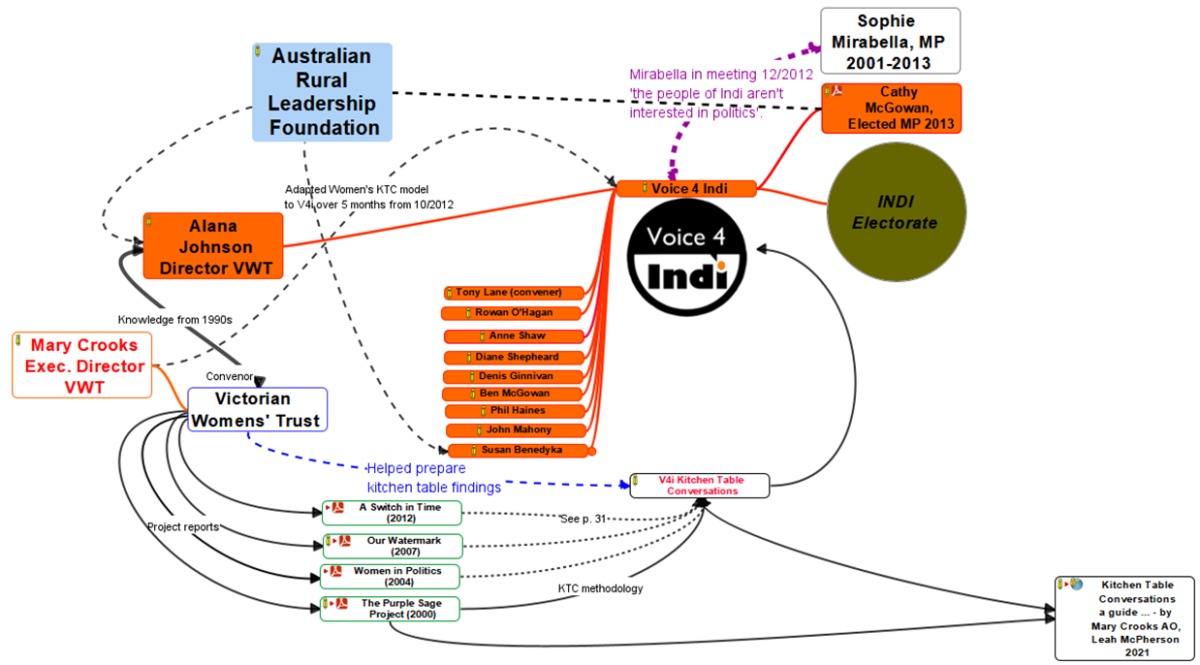
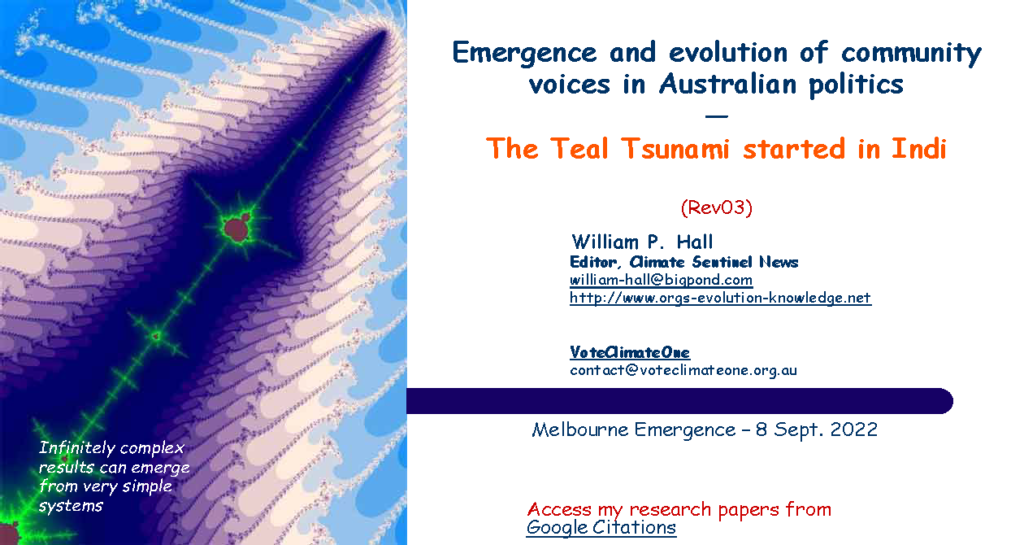
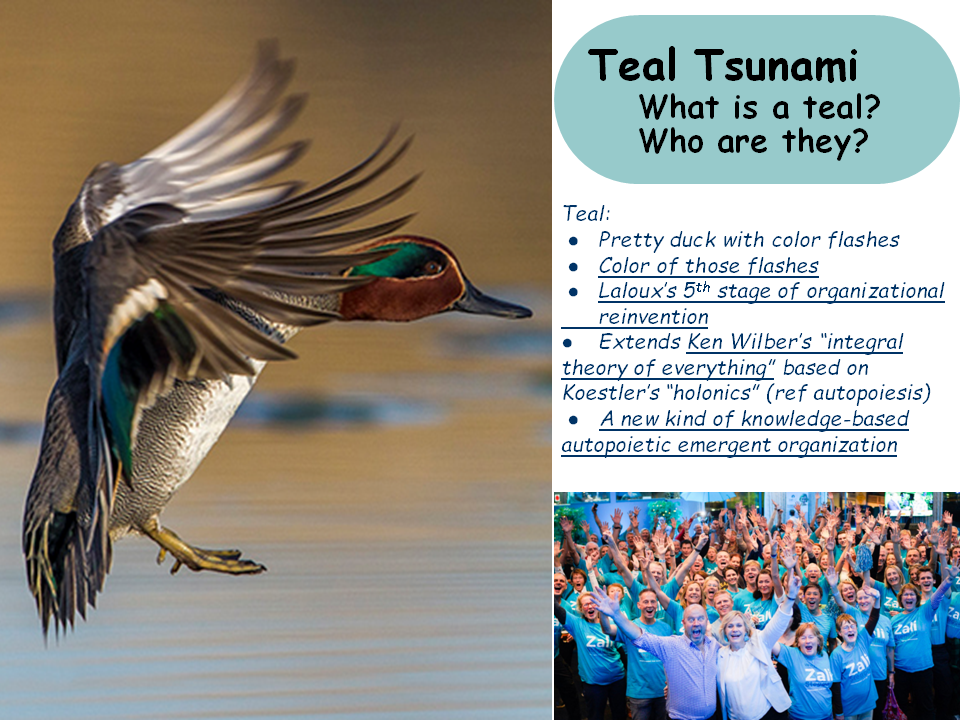
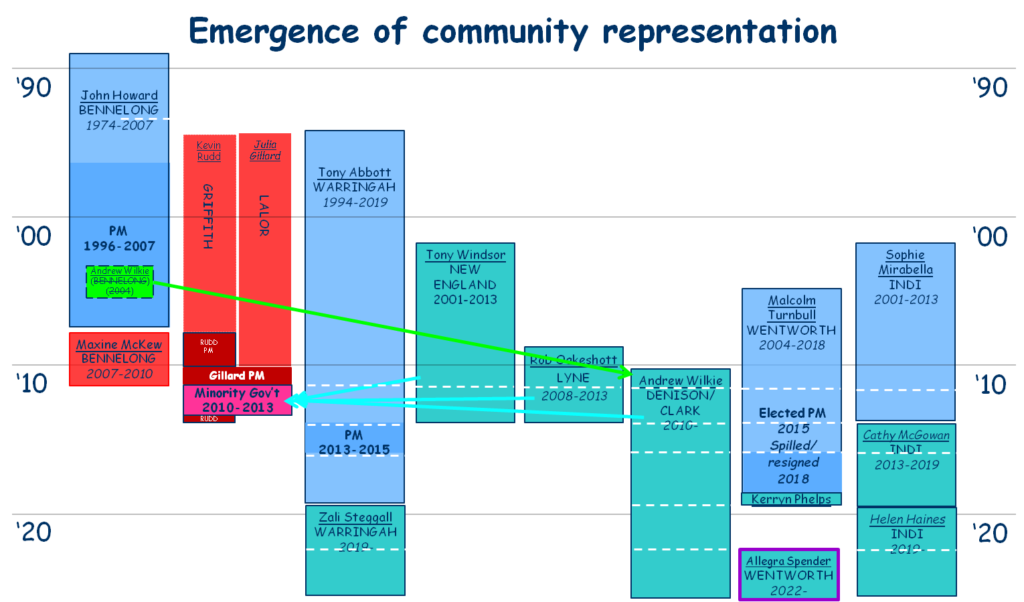
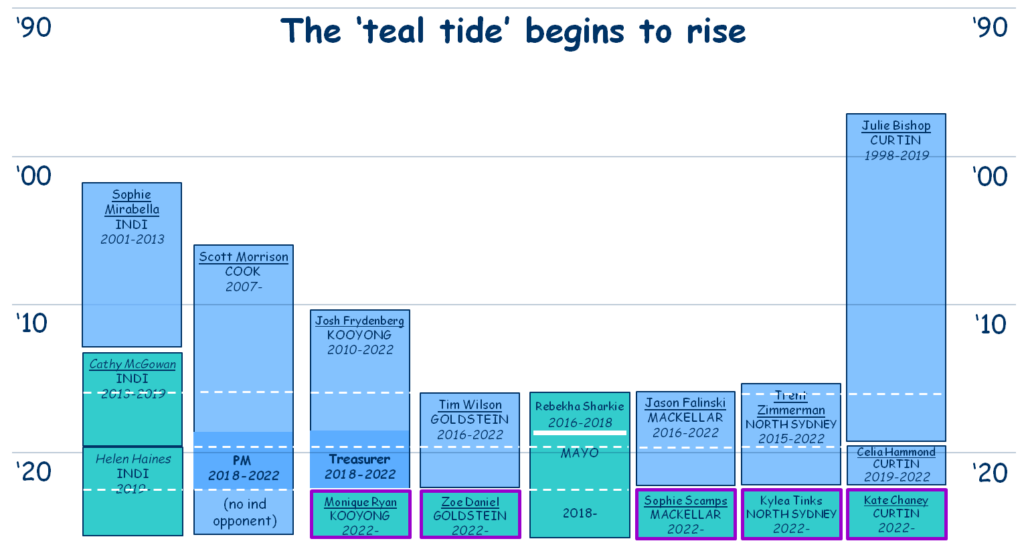
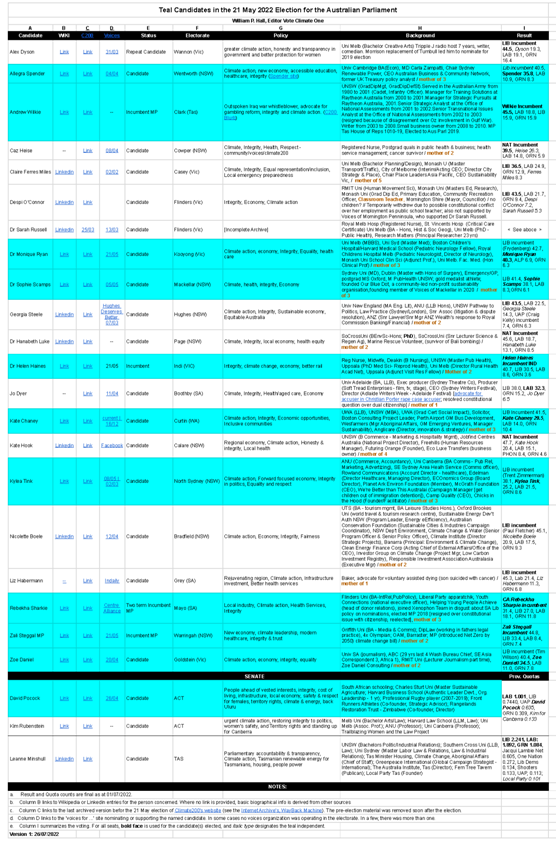
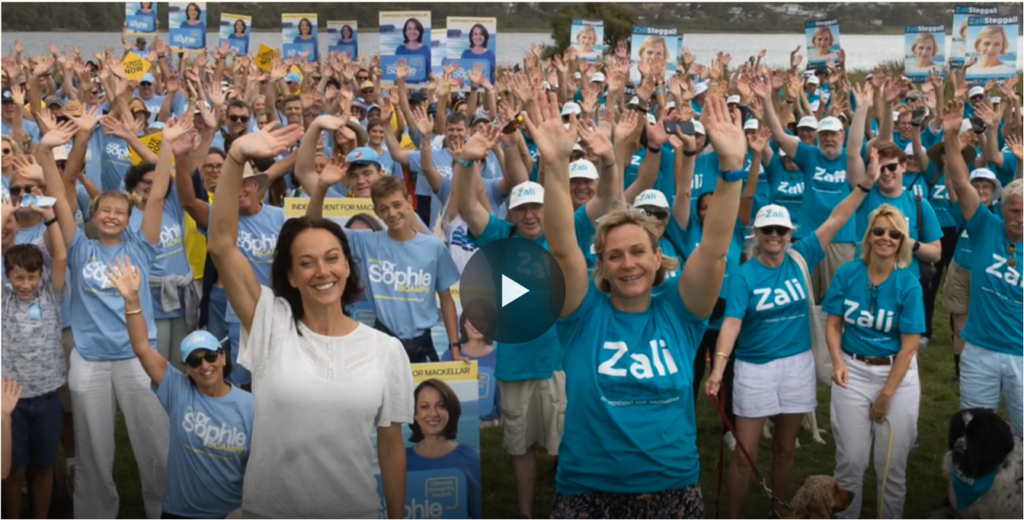
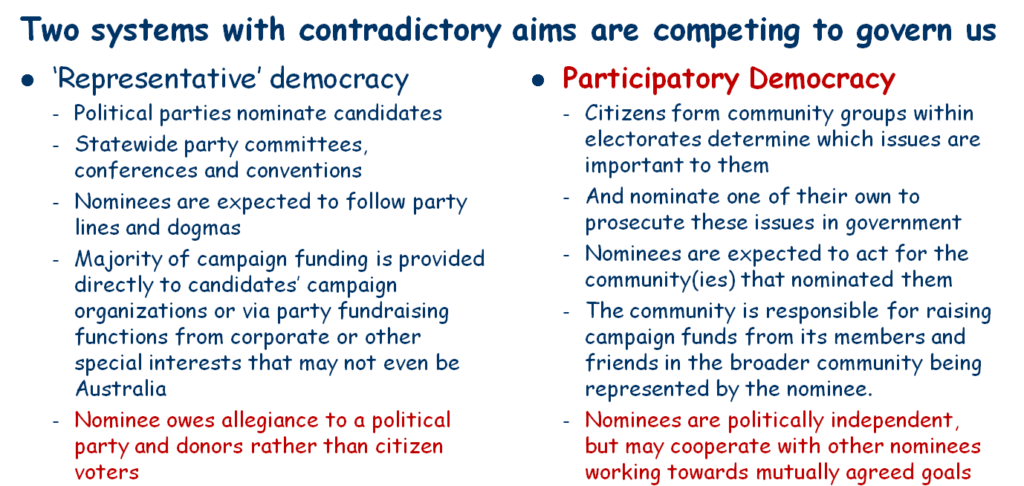
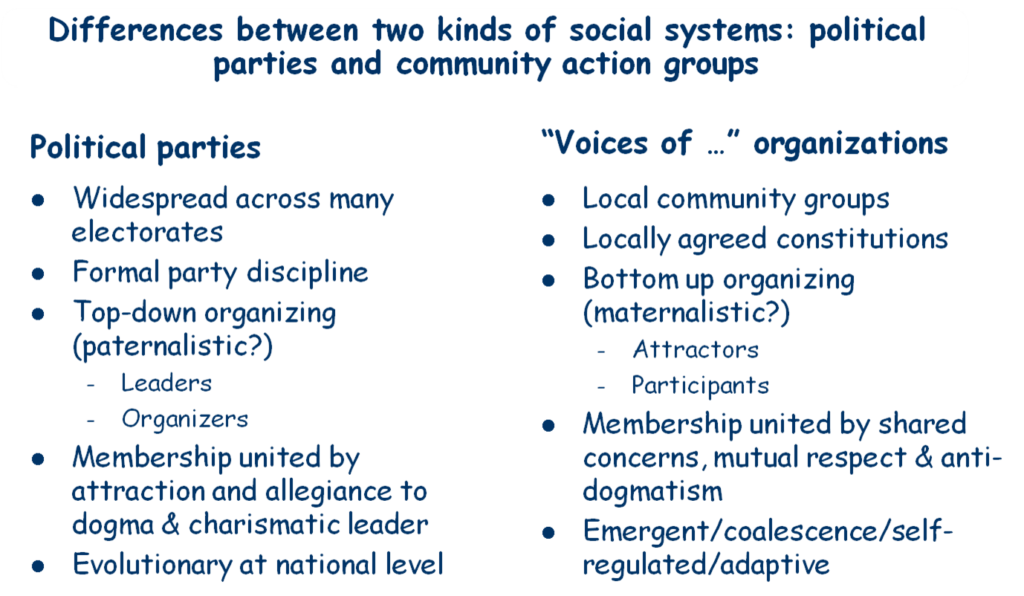

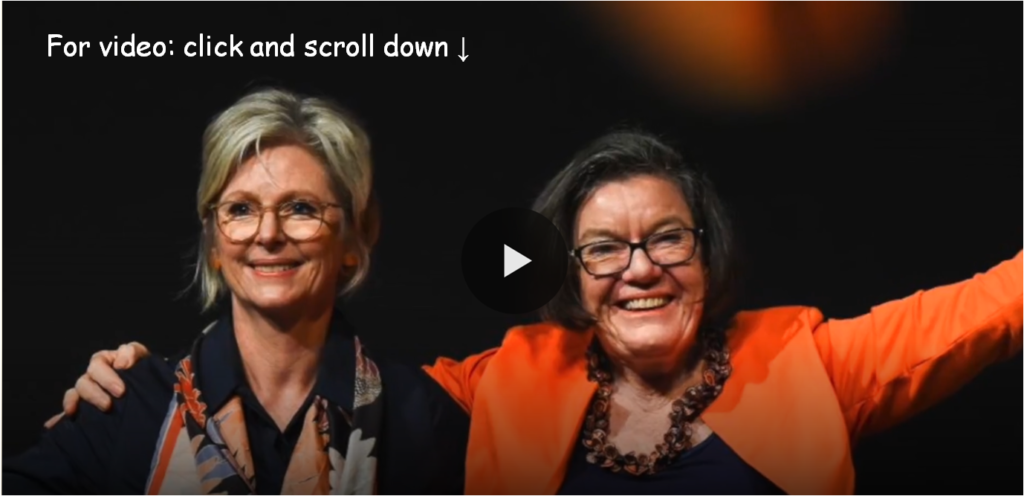
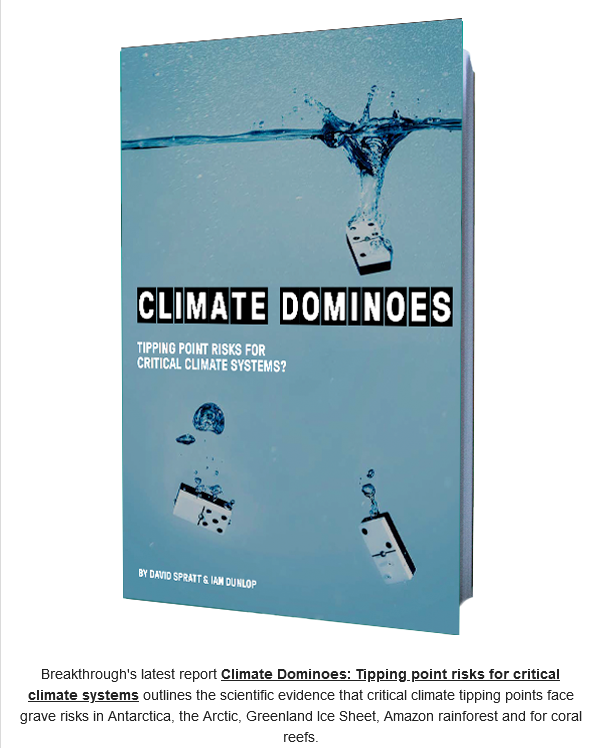
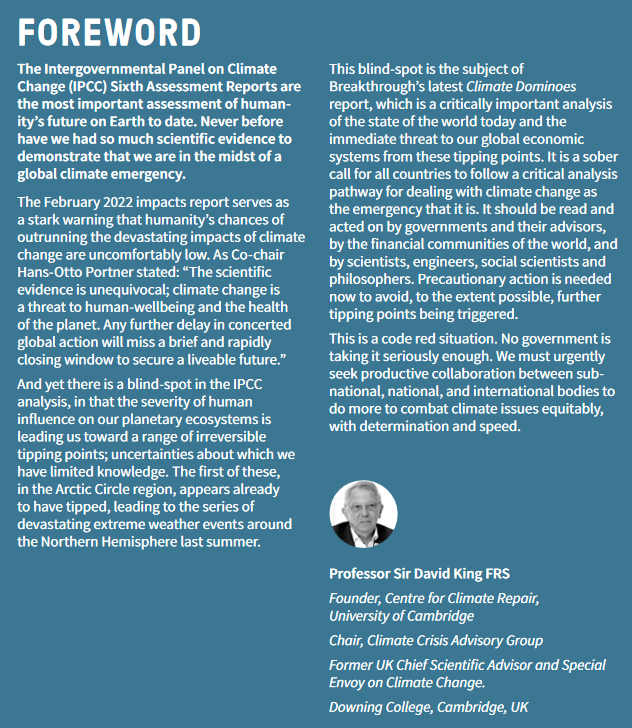
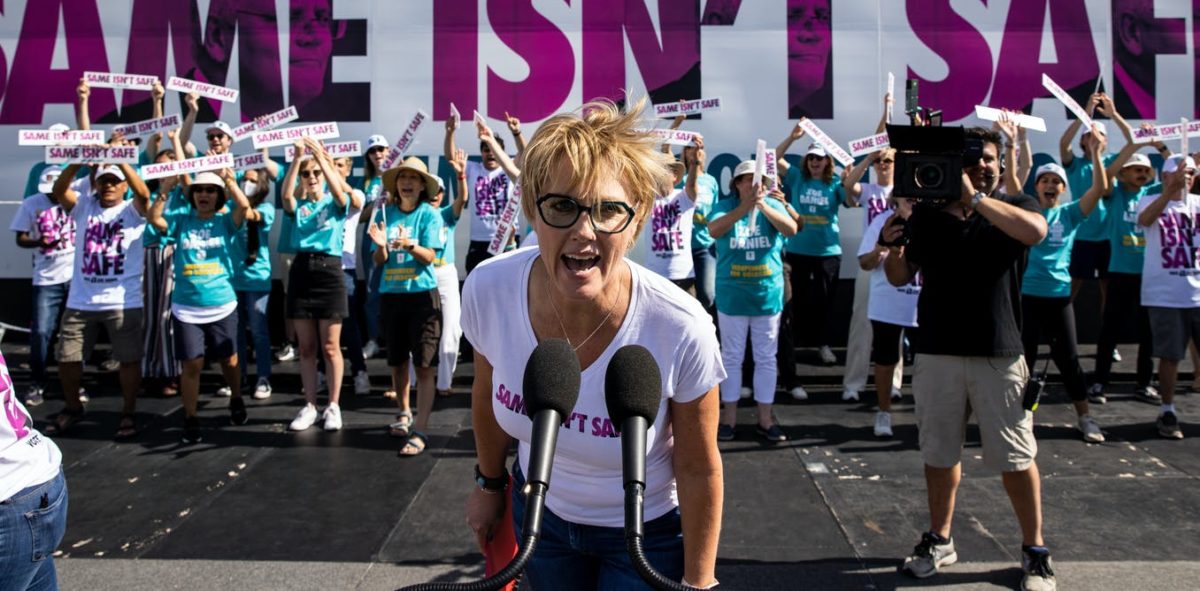
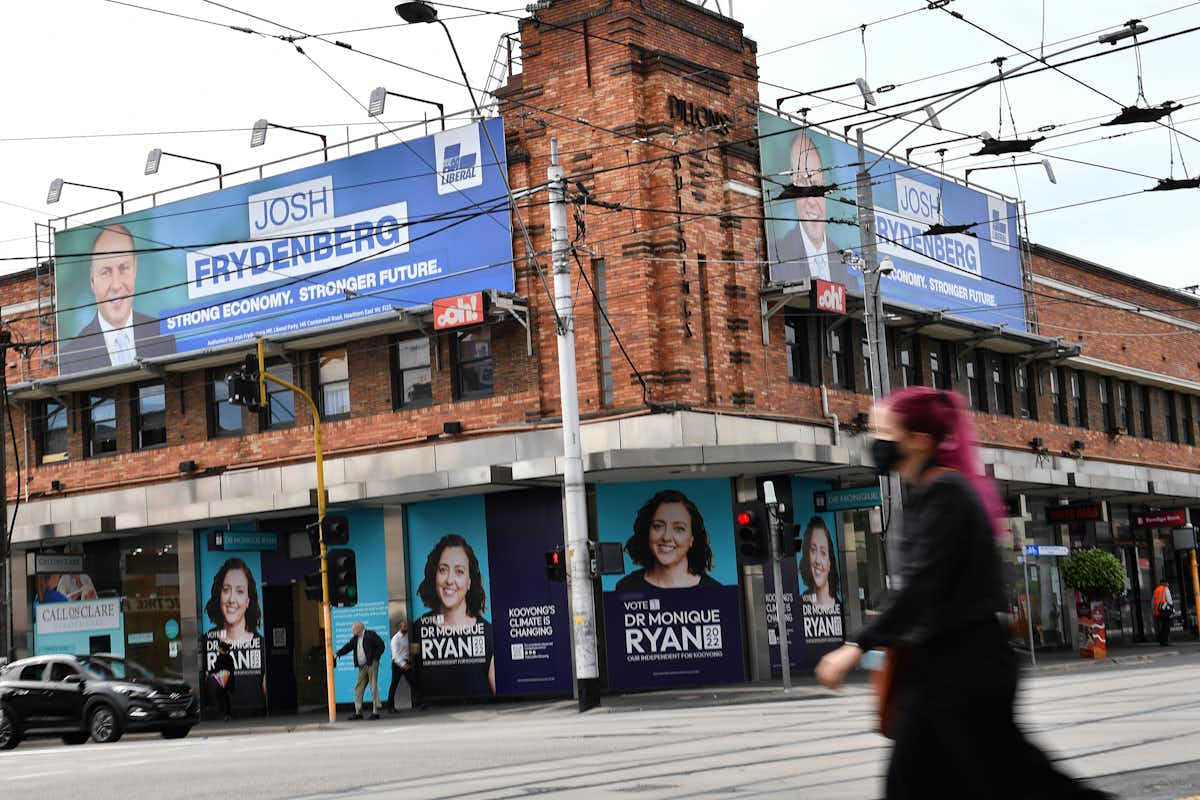
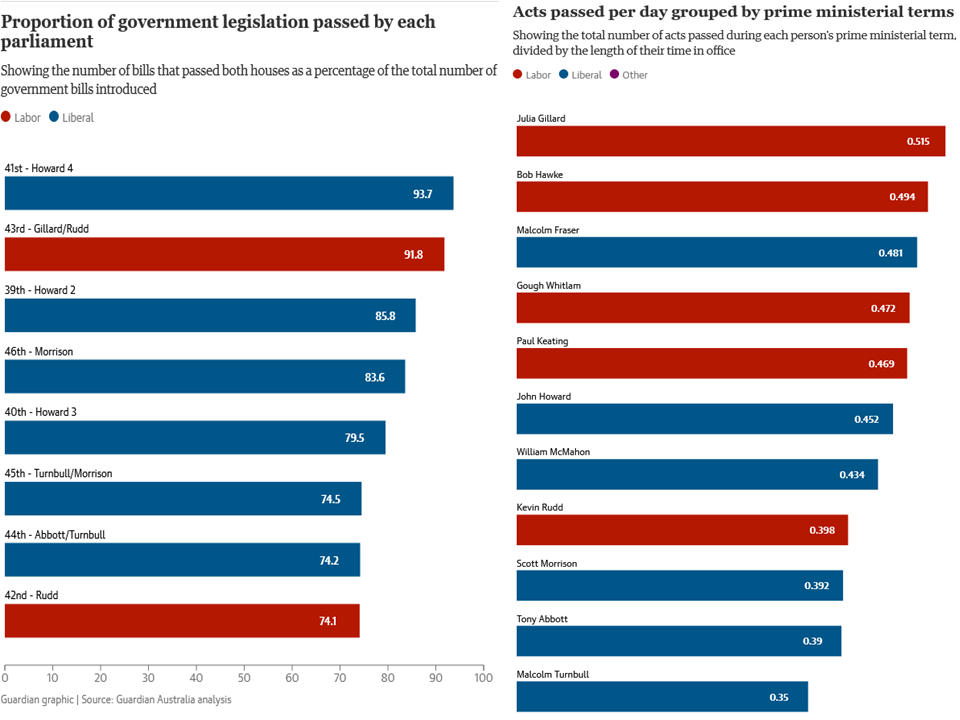

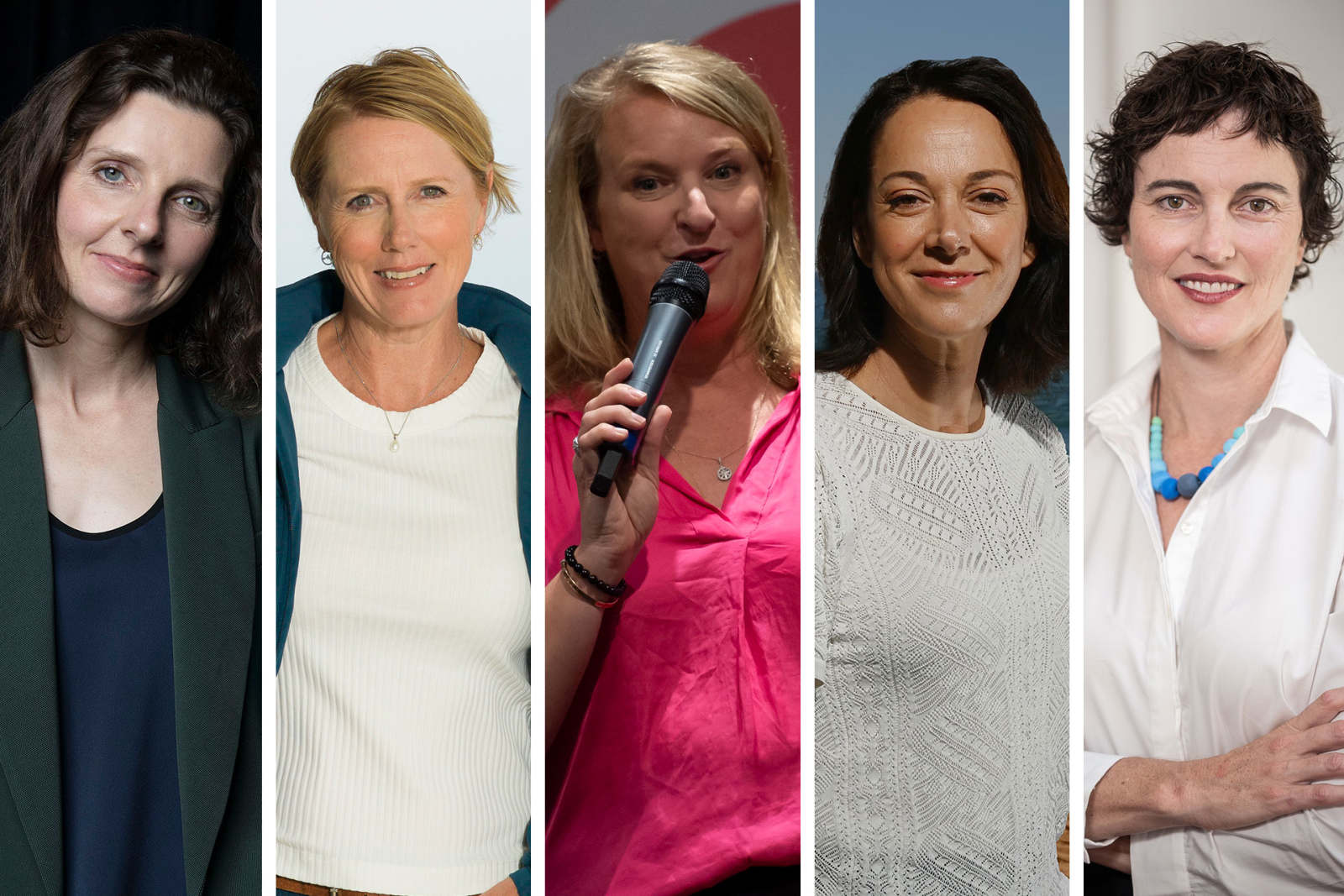
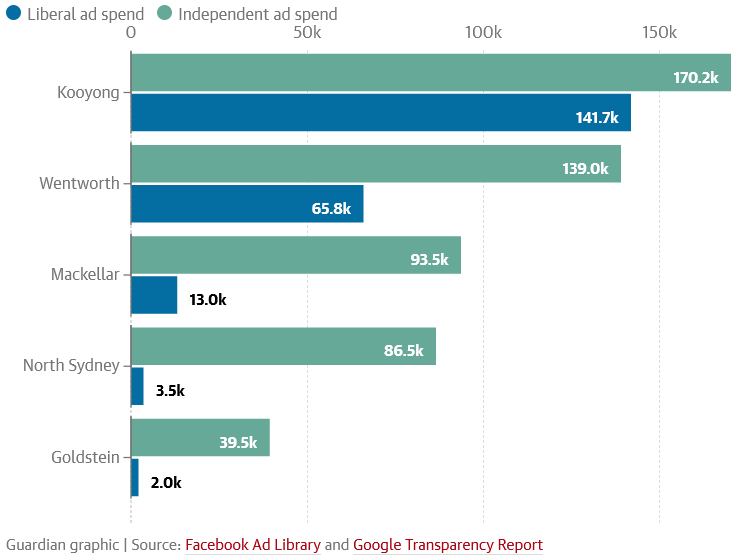
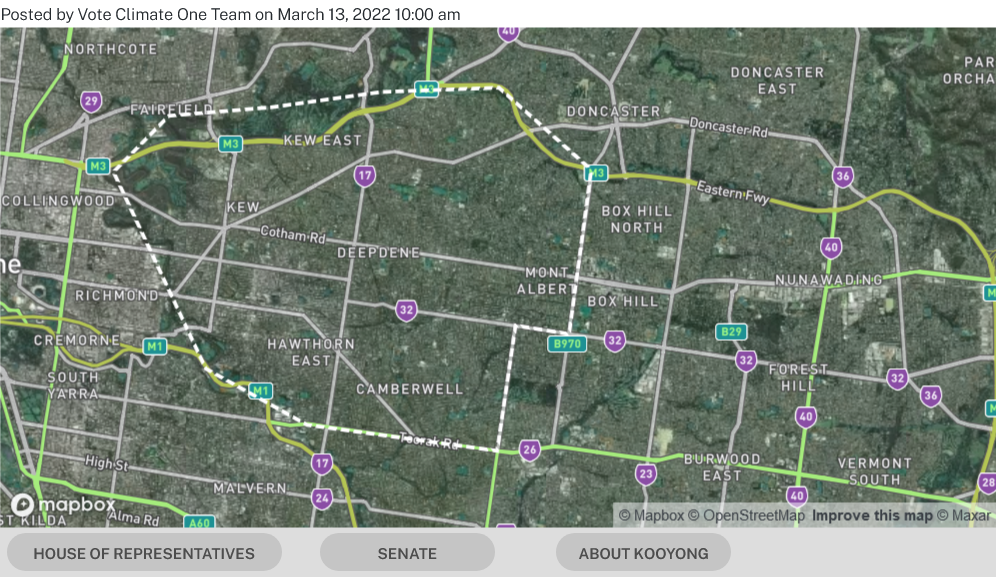
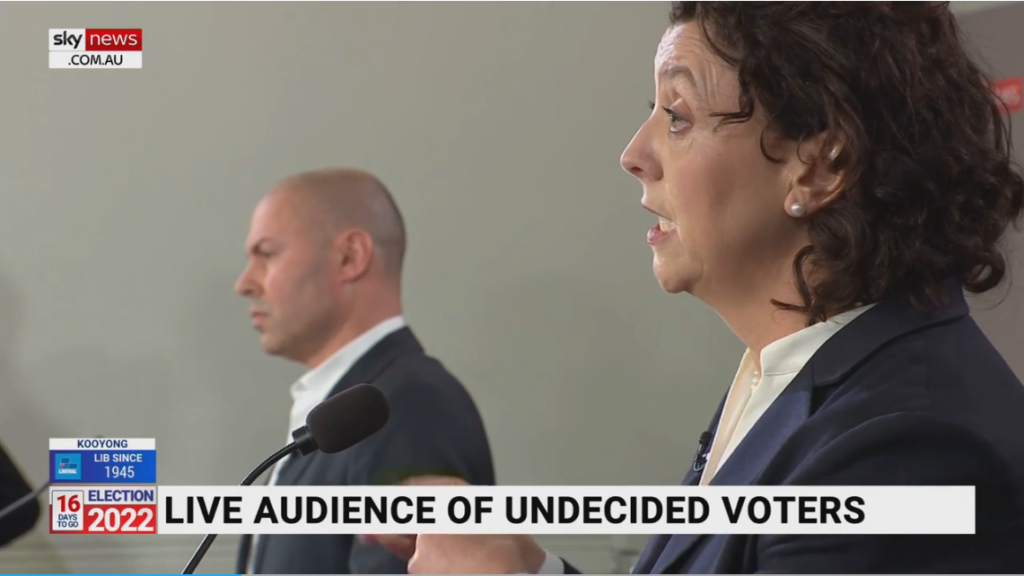
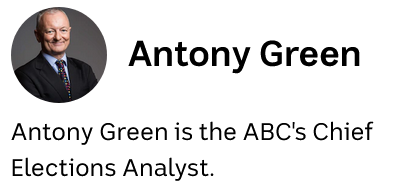
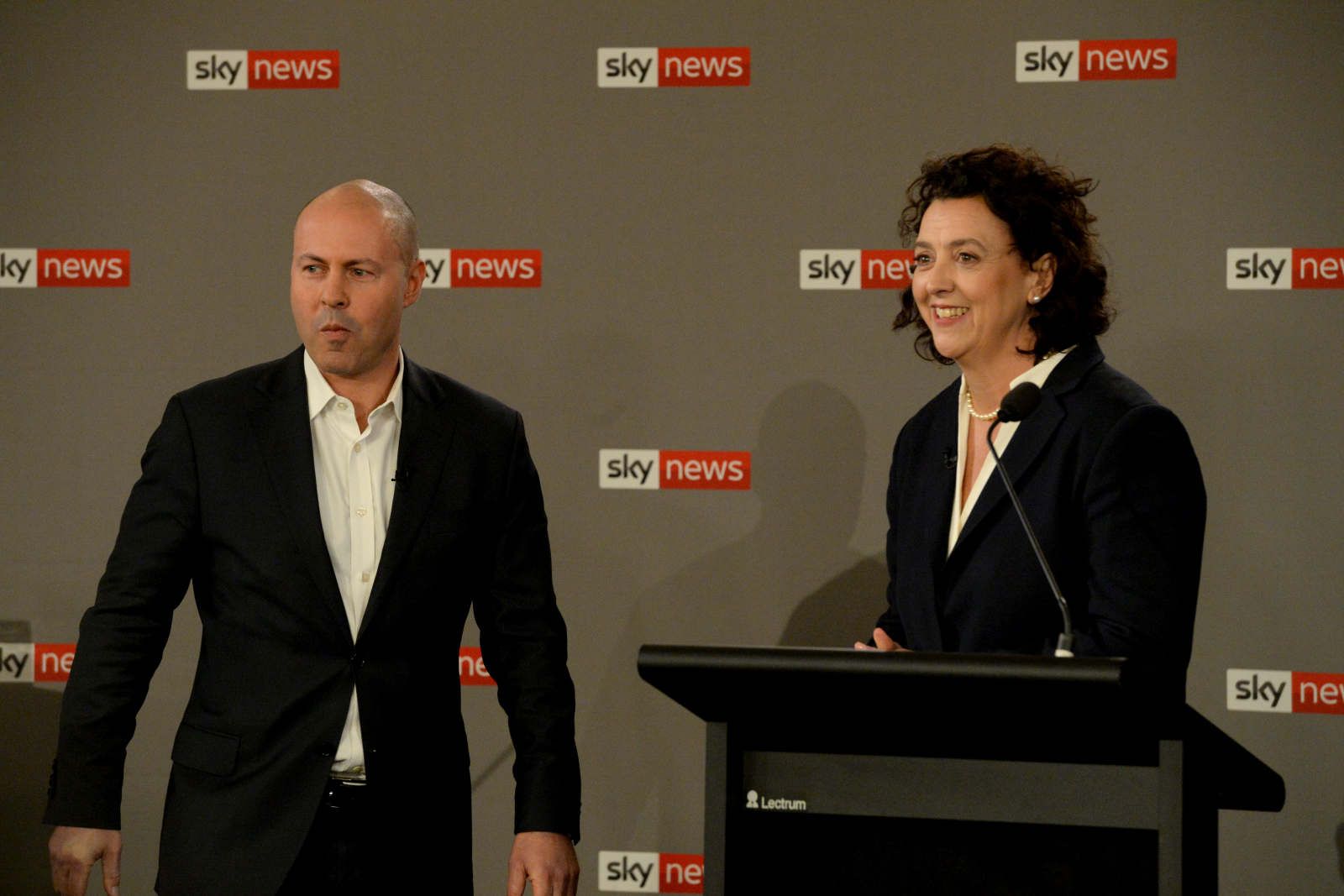
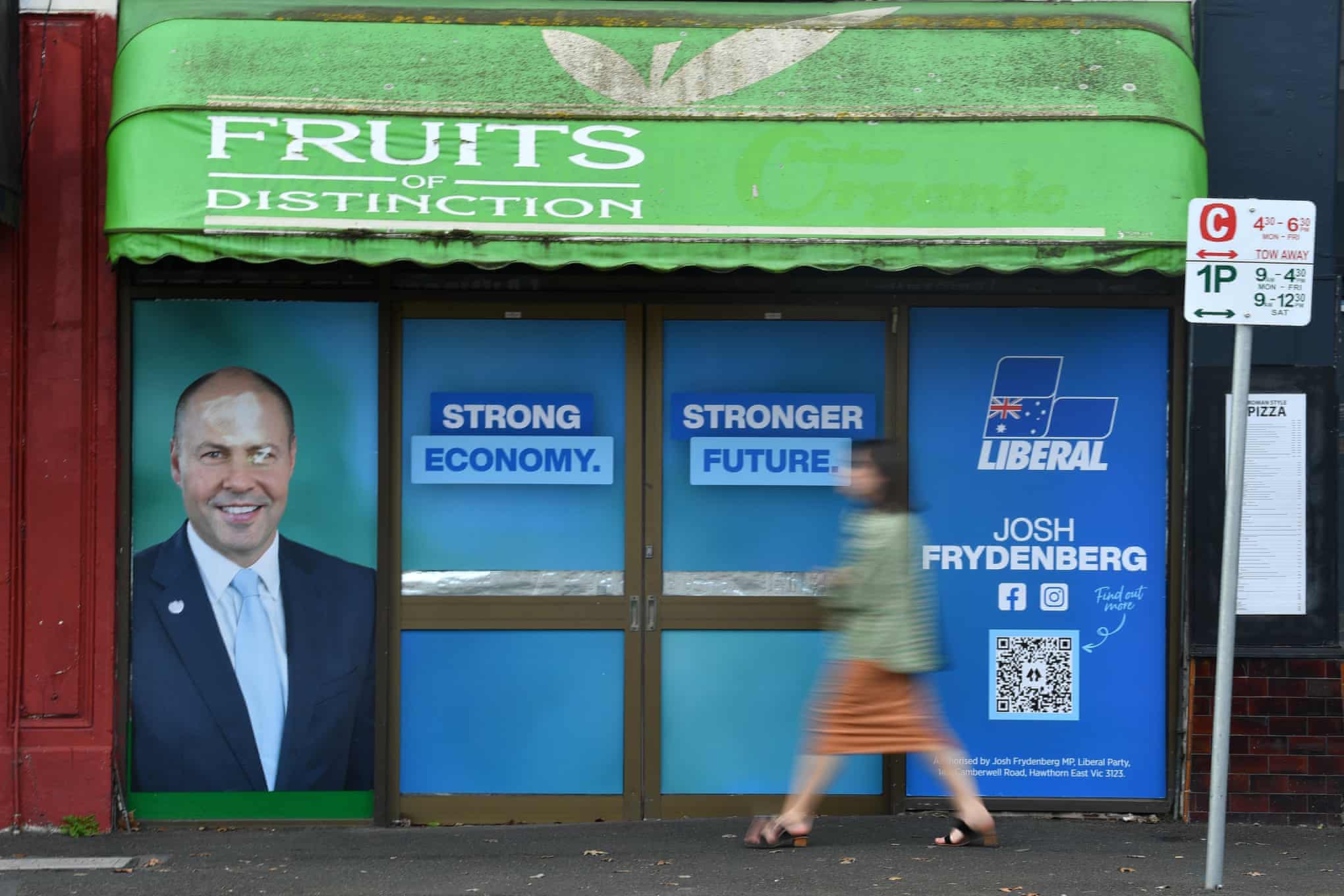
Useful article, thank you. Top article, very helpful.